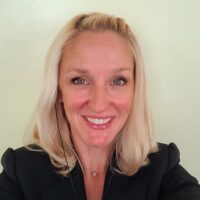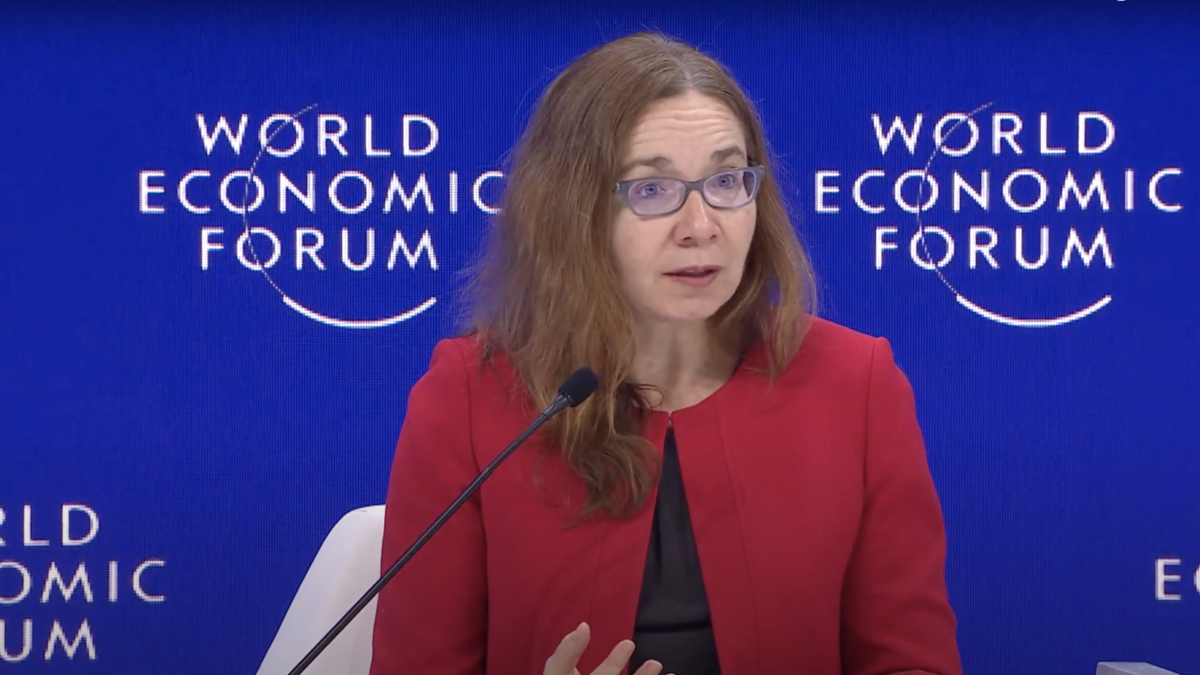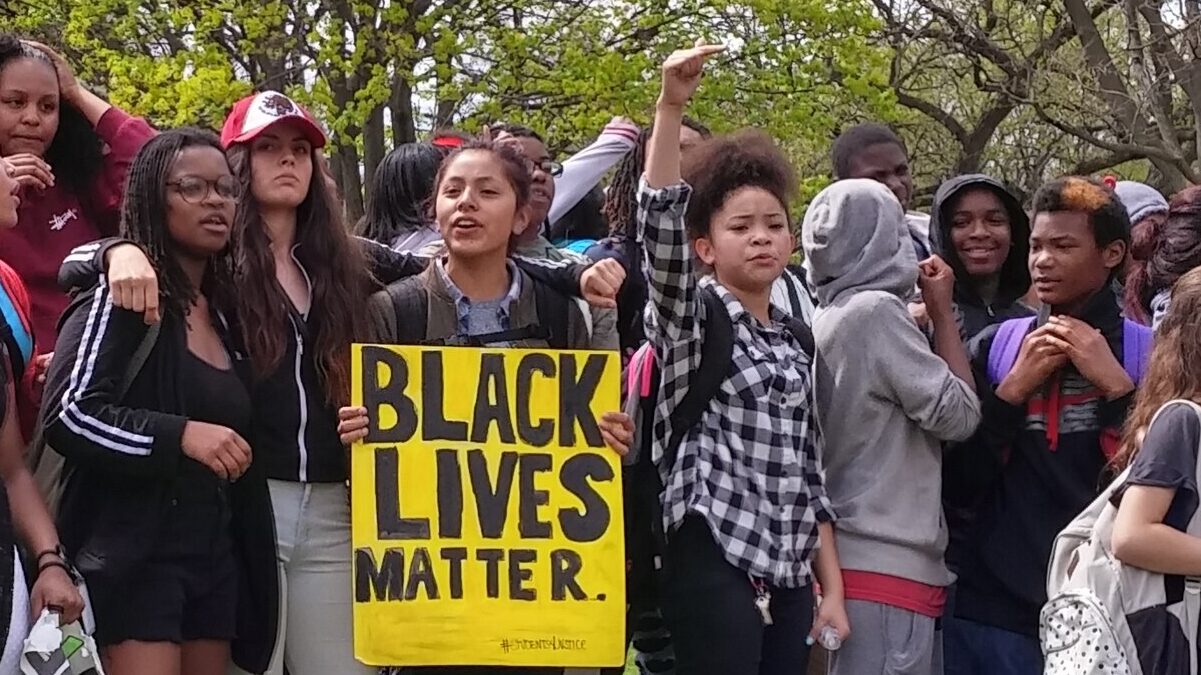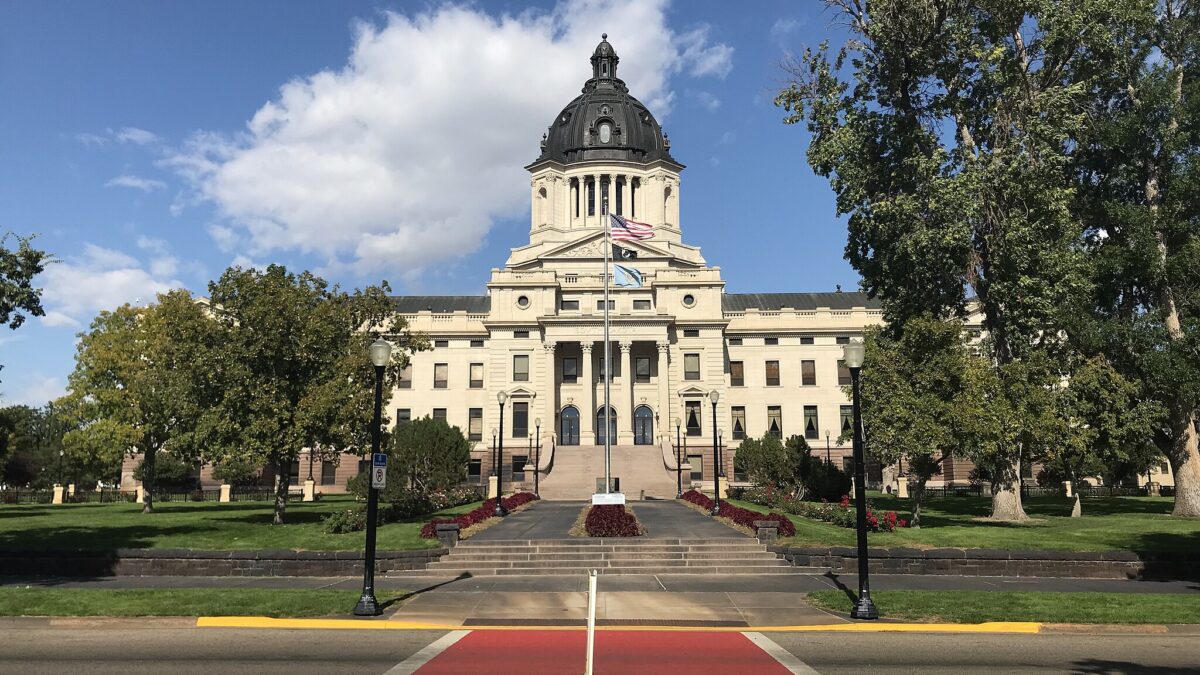With the rise of leftist, anti-Israel protests on college campuses, Americans increasingly recognize the dangers of the “diversity, equity, and inclusion” (DEI) cancer in higher education. Some states, such as Florida and Alabama, have rightfully taken measures to stem the flow of public resources to DEI’s leftist agenda in public institutions.
But what fewer Americans are aware of is that the DEI mafia is surreptitiously and effectively manipulating our young children beginning in their public elementary schools and beyond. Many public school districts are also subjecting their students to overtly discriminatory regulations. Fairfax County’s public schools, located just outside our nation’s capital in the largest school district in Virginia, are top among them.
On May 15, I wrote an email to the district’s chief equity officer, Nardos King. I posed simple questions: What are the definitions of “marginalized groups” and “protected class” — and which social groups are included in each category? She refused to provide clear answers.
Discriminatory Terms Coded in Public School Policies
These terms are particularly important because the school district bases policy on them. For example, teachers are allowed to display flags of “marginalized groups.” According to an email I received from a middle school principal in Fairfax County, Black Lives Matter is a marginalized group, so teachers are free to display that leftist flag in the district’s classrooms.
The classification is strange. Black Lives Matter is a sociopolitical movement that does not represent all black people. It is unclear how BLM could be considered a marginalized group, and the designation reflects obvious viewpoint discrimination. Given that our children are subjected to the operationalization of these terms, parents and students should have a right to see what other groups are on that list.
The district’s Educational Equity Policy, passed by the school board in June 2023, also uses the term “marginalization.” The point of that policy is for students to have equal outcomes, such as grades. To that end, the district has experimented with “equitable grading” to uplift so-called marginalized groups.
Many parents fear that academically elite, hard-working students will be unrecognizable in their college applications as a result. In other words, hard work and talent are not rewarded when equal outcomes, and not merit, are the priority.
Fairfax County Public Schools also uses the term “protected class.” Although this is a federally recognized term, its definition and application are unclear at the local level in public schools. In the district’s code of conduct, “discriminatory harassment” seems only to apply to protected classes. The code states, “Discriminatory harassment is unwanted conduct toward an individual based on their actual or perceived age, race, color, sex, gender identity, sexual orientation, religion, national origin, marital status, disability, or any other legally protected class.”
Does that mean to suggest that nonprotected classes — which without question include heterosexual, white males — are not covered by this rule? Are these children fair game for harassment based on their race and sexual orientation? Is it less serious when they are harassed? For the sake of policy clarity, the school district must explicitly provide implementation details. But they do not.
Vague Definitions
In response to my first email, King provided me with vague definitions and declined to elaborate on which specific social groups were considered “protected.” She wrote, “[A] protected class is a group of people who are legally shielded from discrimination based on certain characteristics … [such as] race, color, religion, national origin, sex (which covers gender identity and sexual orientation), pregnancy/childbirth, age, marital status, disability, veteran status, and genetic information.”
Even King was not completely clear on the district’s definition of “marginalized groups.” She wrote, “While we may not have an official definition for ‘marginalized group,’ it generally refers to people who face systemic disadvantages and discrimination. This can include women, underrepresented ethnic and racial groups, individuals based on gender identity and sexual orientation, people of various ages, individuals with physical disabilities, and non-native language speakers.”
While she stated whom it may include, she did not clarify whom it does include. Pushing back on her in response, I wrote, “I remain a bit unclear about which social groups belong in each category. For example, are women a marginalized group in schools? They are not in the minority and don’t seem to have problems getting jobs in the schools or with access to higher education.”
Two days later, and likely after speaking to the district’s legal counsel, she referred me to four district policies that are supposed to clarify the meanings and specifications of the terms. They did not, so I responded, “Would you please explain this to me? My question is quite simple: Which social groups are classified in FCPS [Fairfax County Public Schools] code as ‘marginalized’ and/or ‘protected’ and which are not?” As of publication, I have not received a response to my simple question.
A Recommendation for Districts That Institutionalize Discrimination
Alvin Lui, the founder of Courage Is A Habit, is right to say that the left “uses your vocabulary but not your dictionary.” It has been the left’s strategy to redefine words that we thought had clear definitions, such as “woman,” or Ibram X Kendi’s racist ideology of “antiracism.” For words such as “marginalized groups,” they are intentionally vague as a strategy.
In the case of leftist school districts that wield authority over our children, we need to push them on their discriminatory terms and the resulting implementation. To that end, if they insist on exposing America’s children in public schools to these absurdities, I would like to see an identity points matrix that stipulates the value of each child based on race, sex, religion, ethnicity, etc. as these school administrators see it.
At least then, we would all be looking at the same playbook. More importantly, we would be able to prove the clear violations of our children’s constitutional rights in court.









